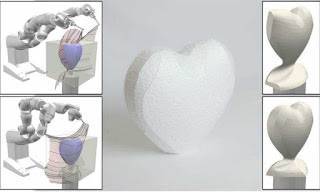ROBOTS WITH COMMON SENSE AND COGNITIVE INTELLIGENCE: ARE WE THERE YET?

What Makes Us Superior To Robots When It Comes To Common Intelligence? The debate about man vs robots is an evergreen and common thing now. While robots are viewed as an enabler of a dystopian future brought by digital disruption , the main question that has baffled minds is how smart are they. When it comes to human intelligence, there isn’t any other living being or ‘mechanical or AI mind’ that can draw parallel with us. Yet, robots powered by AI have been able to perform trivial, monotonous tasks with accuracy far better than us. It is important to note that this does not imply robots have acquired cognitive intelligence nor common sense which are intrinsic to humans, despite de facto of the recent marvels of robotics . The main problem is that most of the algorithms that are written for robots are based on machine learning coding. These codes are collected from a particular type of data, and models are trained based on individua...




